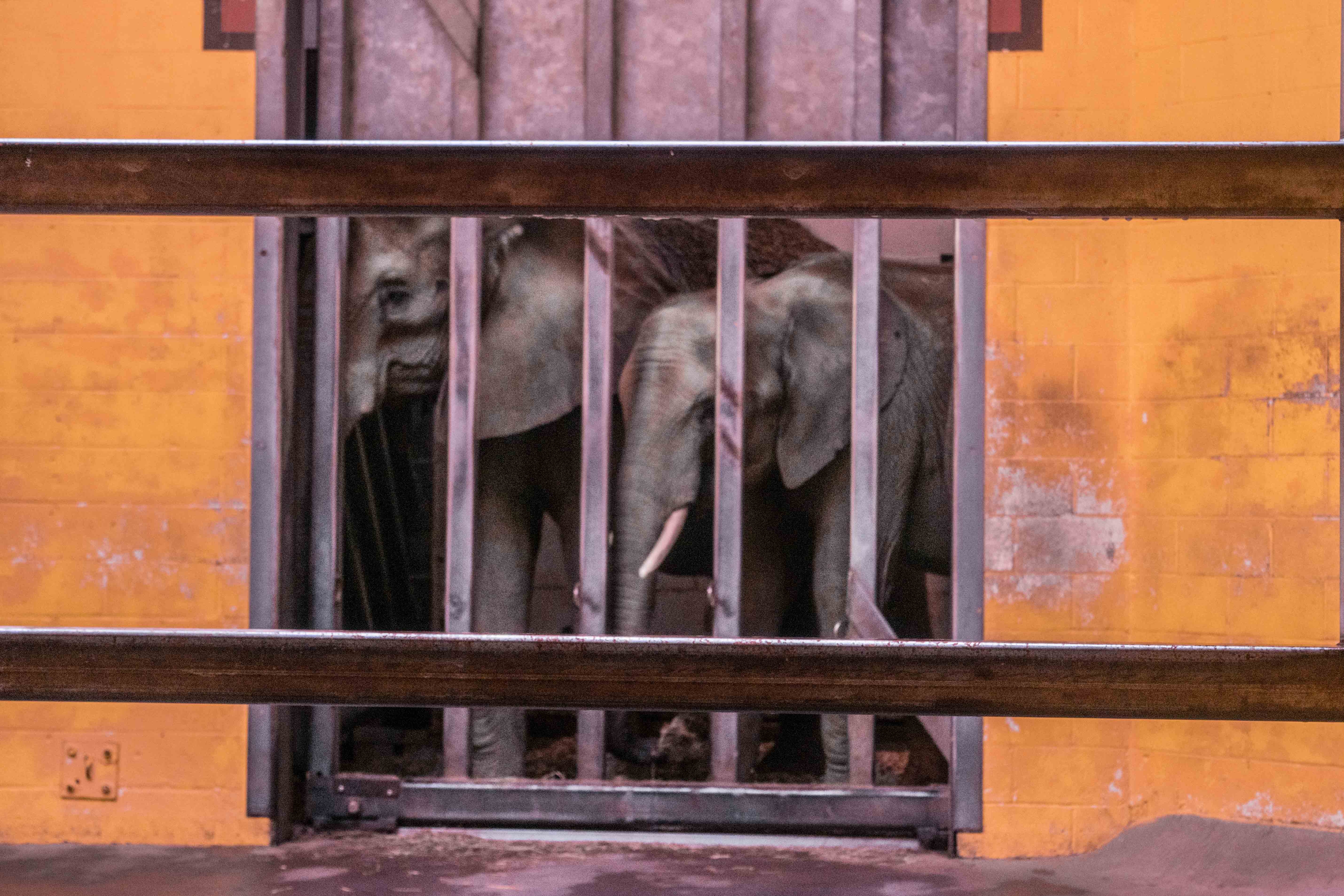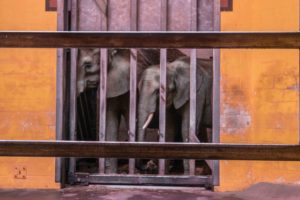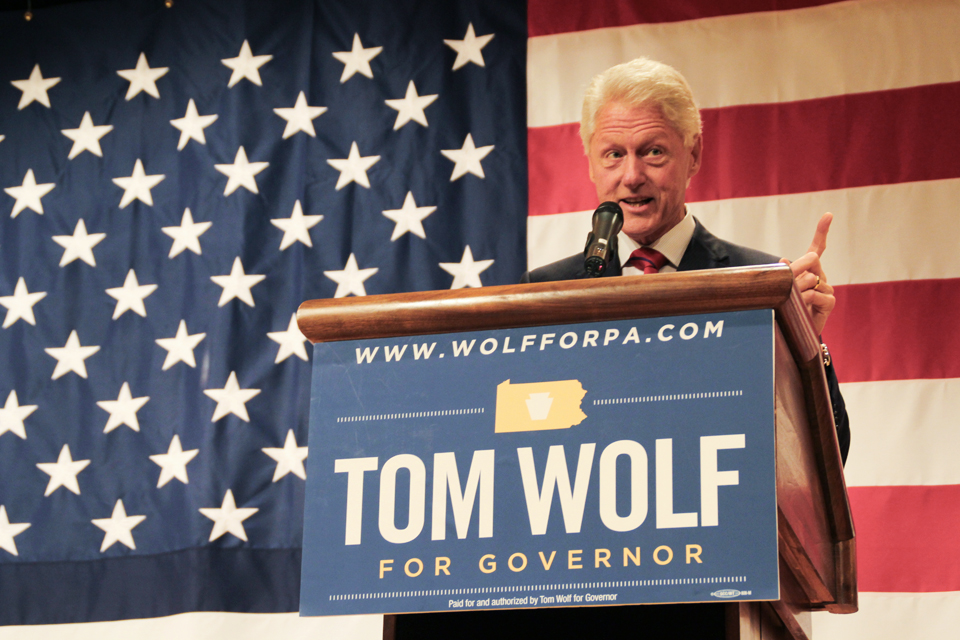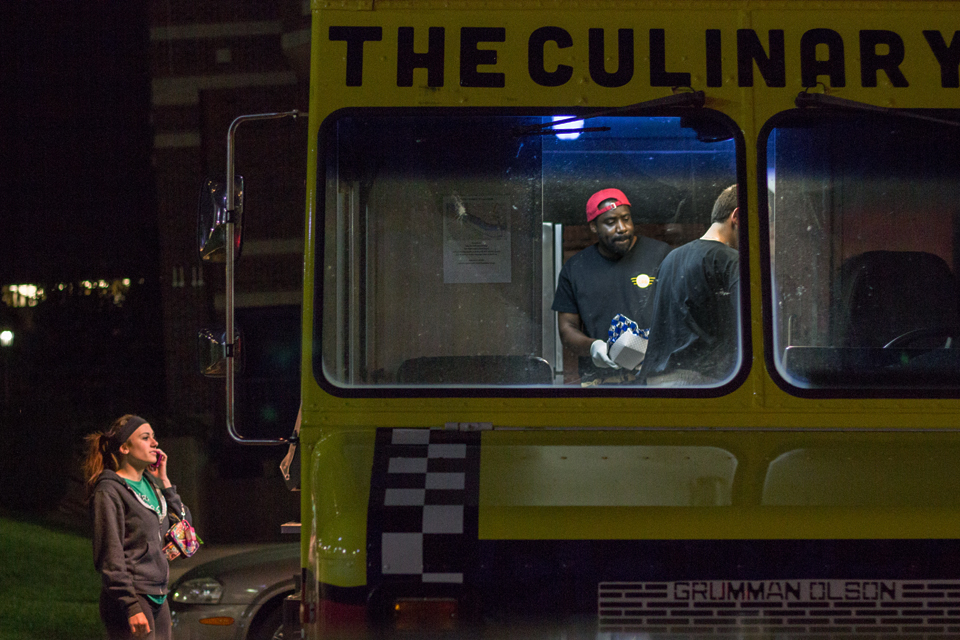

The death of the elephant after only three months has called into question the morality of zoos, bringing an age-old debate back into the light.
By Madeline Bartos | Staff Writer
The decision to euthanize the Pittsburgh Zoo’s premature orphaned elephant calf last Wednesday reignited the ongoing debate about the ethics of zoos.
The calf was born 30 days early, and her mother would not produce milk. The Pittsburgh Zoo adopted the abandoned calf and “consulted with elephant experts from around the world, including the Sheldrick Wildlife Trust, the world leader in saving orphaned elephant calves” in an effort to raise a healthy baby, according to a blog post from the zoo that was later taken down.
After teething issues caused the calf to stop eating, a feeding tube was inserted so she could get the right nutrients and vitamins. However, her weight did not increase, and officials at the Pittsburgh Zoo said they made the “humane decision” to euthanize her.
Within two hours of the press release, People for the Ethical Treatment of Animals (PETA) criticized the Pittsburgh Zoo and its elephant breeding program – and not for the first time.
“This elephant’s short life ended without the comfort of her mother or other elephants,” PETA said in an article on their website. “The Pittsburgh Zoo has publicly glossed over the apparent true extent of the health crisis that this unnamed baby must have suffered.”
This recent tragedy has called zoos into question, but the practice of keeping animals captive for research and entertainment dates back years before the modern age. Even in the 18th century, animals were collected as a symbol of power.
According to Dr. Nigel Rothfels, author of Savages and Beasts: The Birth of the Modern Zoo, The London Zoo, established in 1826, was the first modern establishment of its sort. Before it was a zoo, it was a private study collection for the Zoological Society. It opened to the public after an overwhelming amount of requests to visit.
At the time, zoologists couldn’t keep animals alive for very long. Not enough was known about diets or group composition, and disease spread easily. The zoo also didn’t resemble modern zoo exhibits, as the animals were behind bars with no vegetation.
In the 1970s, the Woodland Park Zoo in Seattle opened the first immersion exhibit. Around the ‘70s, there was plenty of interest in ethology, or the science of animal behavior. This new interest led to better exhibits for the animals, allowing them to act and live more like they would in the wild.
With new knowledge came pressure for improvements on the well-being of the animals in captivity. Philosopher Bryan Norton, editor of Ethics on the Ark: Zoos, Wildlife Conservation, and Animal Welfare explained to ABC writer Kerri Phillips that there’s a distinction to be made between being concerned for animal welfare and arguing for animal rights.
“Animal welfare people are much happier with naturalistic caging, but the animal rights people say it’s wrong to have them in cages at all,” Norton said.
The animal welfare argument would say zoos are valuable because they allow for breeding, research and the sharing of resources. The animal rights argument, in line with what PETA preaches, would say that animals aren’t for entertainment and that zoos should put their resources and money into habitat conservation and anti-poaching efforts.
While the Pittsburgh Zoo did not call PETA out by name, they did address critics of their decision to euthanize the calf. In a now-removed blog post, they said, “Sadly, these individuals seek to benefit their own agendas by misrepresenting the realities of a tragic situation and demanding action based on misinformation. Despite the outcome, we fully stand behind the informed and calculated decision made, and the valiant efforts and commitment of the team of experts who cared for the elephant calf.”





Naturalistic enclosures are an improvement but many times, it mostly serves to assuage the human visitor. Place yourself as the elephant in a tiny yard where the trees are on the other side of the fence. Looks good but the animals have no access to the most basic behavior: foraging.
Zoos remain more focused displaying as many animals as possible in the smallest amount of space – that’s really the business model and the animals continue to suffer.